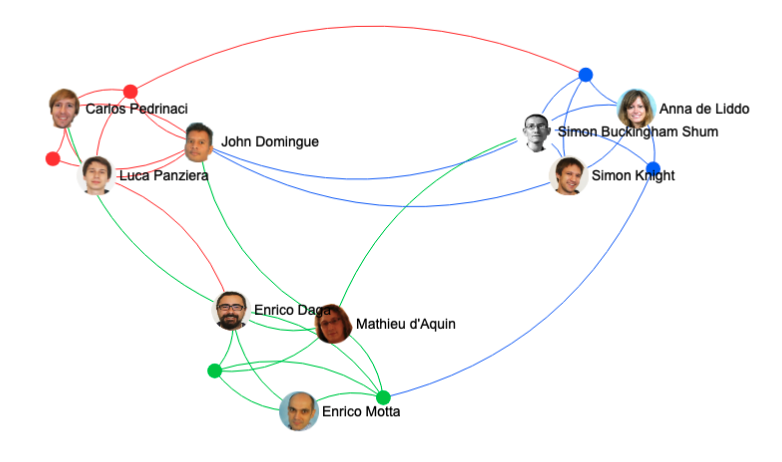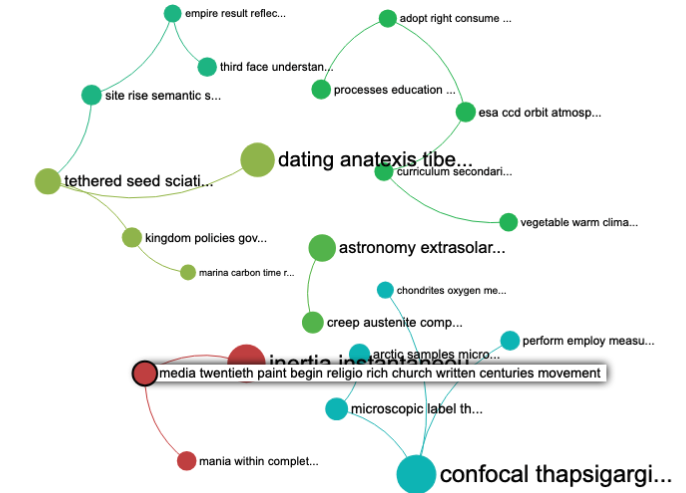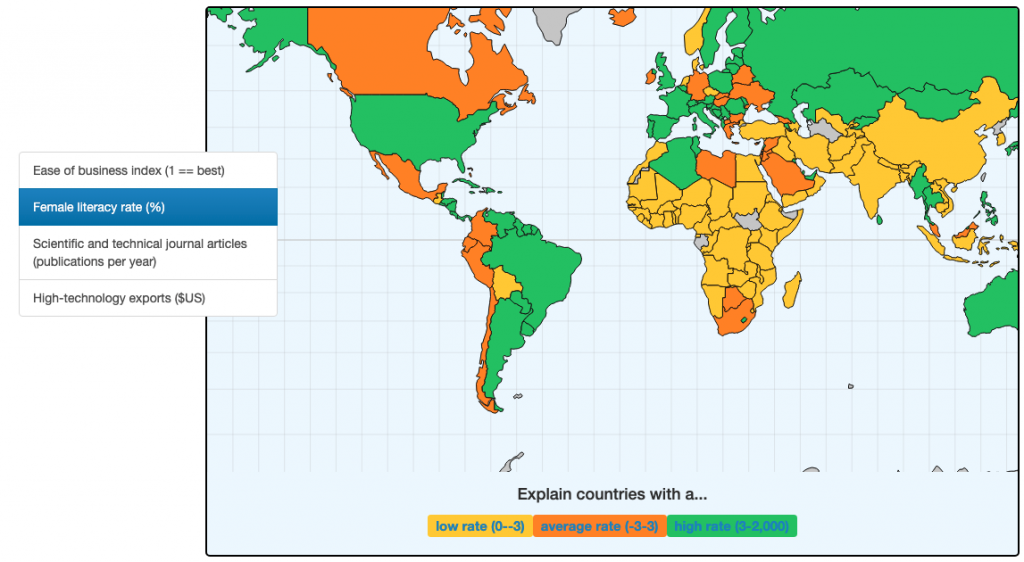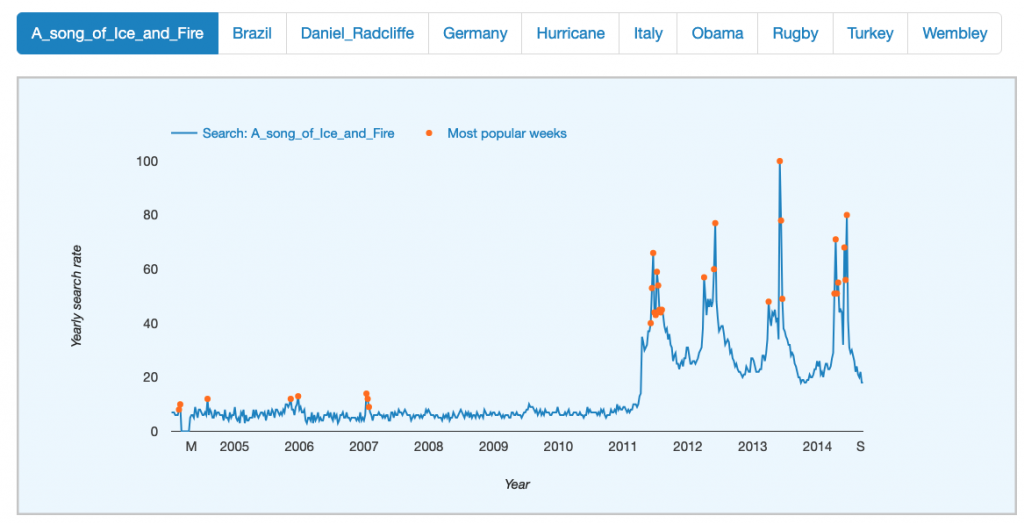About

Dedalo was a system developed to generate explanations for data mining patterns using background knowledge retrieved from Linked Data.
What?
Linked Data referred to best practices for publishing and connecting structured data on the Web using Semantic Web standards such as public URIs, RDF formats, and links to external resources. Its purpose was to foster reuse, linkage, and consumption of data.
Why?
Linked Data had evolved into a globally available knowledge graph, with datasets represented in RDF standards that could be accessed and understood by machines, while being interconnected across disciplines. This resource supported the automation of explanation processes, reducing the effort required from experts to interpret patterns.
How?
Dedalo applied an Inductive Logic Programming approach, using patterns as positive and negative examples for learning. Its background knowledge was built through an A* search across the Linked Data graph. By traversing this graph, Dedalo identified characteristics shared by examples and selected explanations most relevant to positive examples while excluding those that applied to negative ones.
A working demo of Dedalo was originally available but has since been taken offline. Instead, its use cases are now illustrated through screenshots (see below). These show how Dedalo could generate plausible explanations for data groupings—for example, why certain researchers co-authored papers together, why particular keywords clustered, what economic factors countries shared, or why specific web searches trended at certain times.




People
Ilaria Tiddi
Mathieu d’Aquin
Enrico Motta
Publications
Tiddi, I., d’Aquin, M. and Motta, E. (2015) Using Linked Data Traversal to Label Academic Communities, Workshop: SAVE-SD 2015 at 24th International World Wide Web Conference, Florence